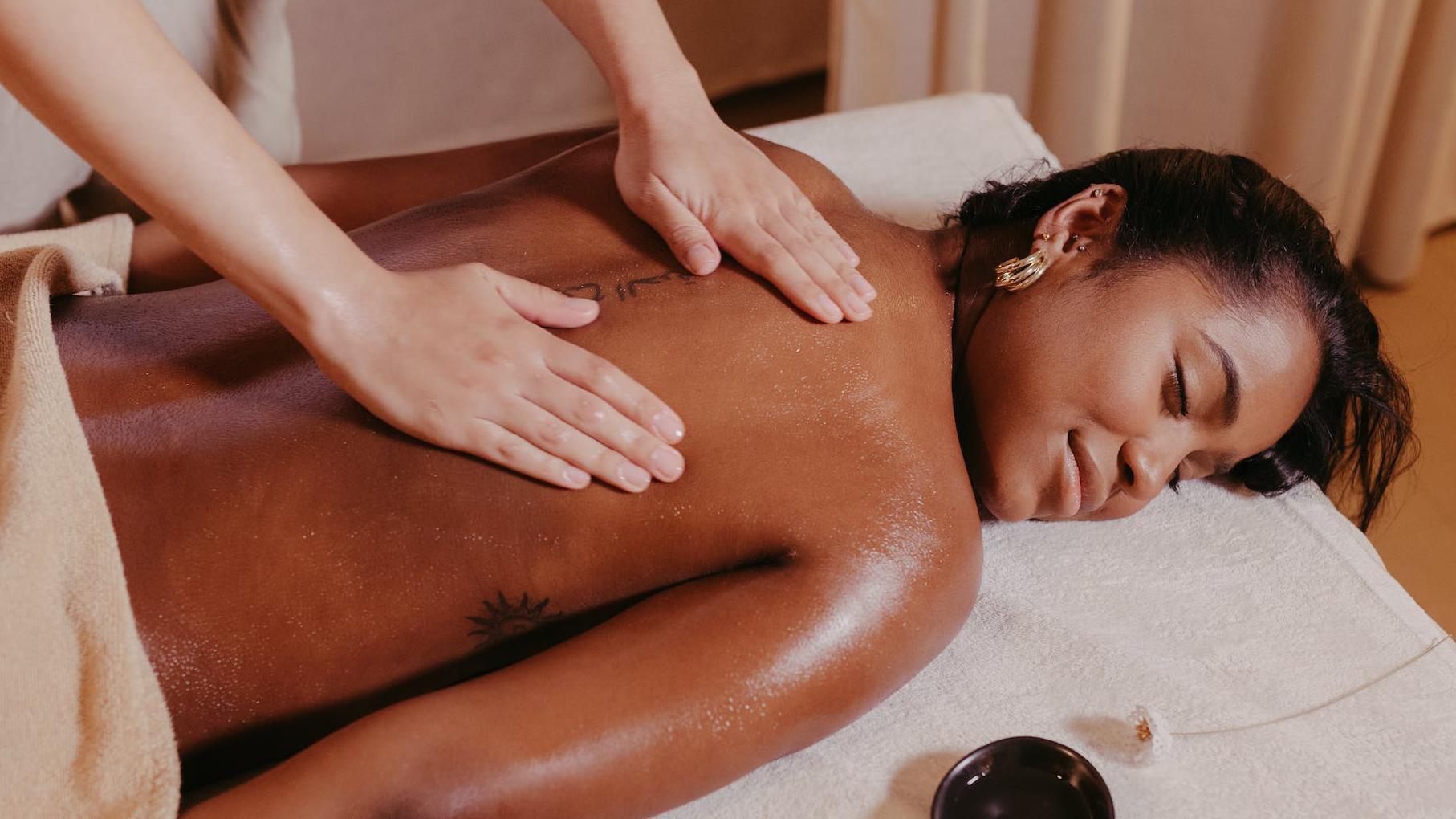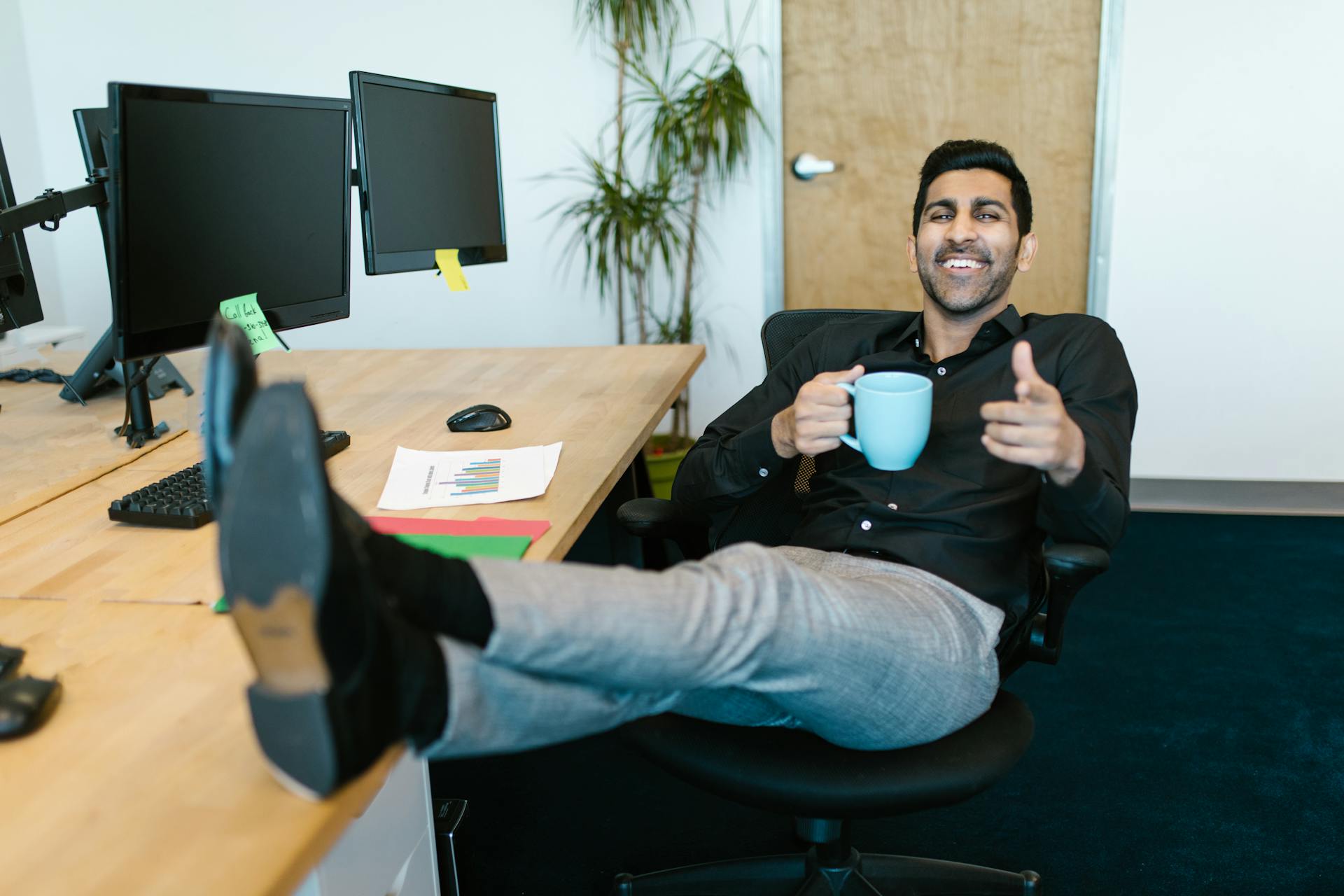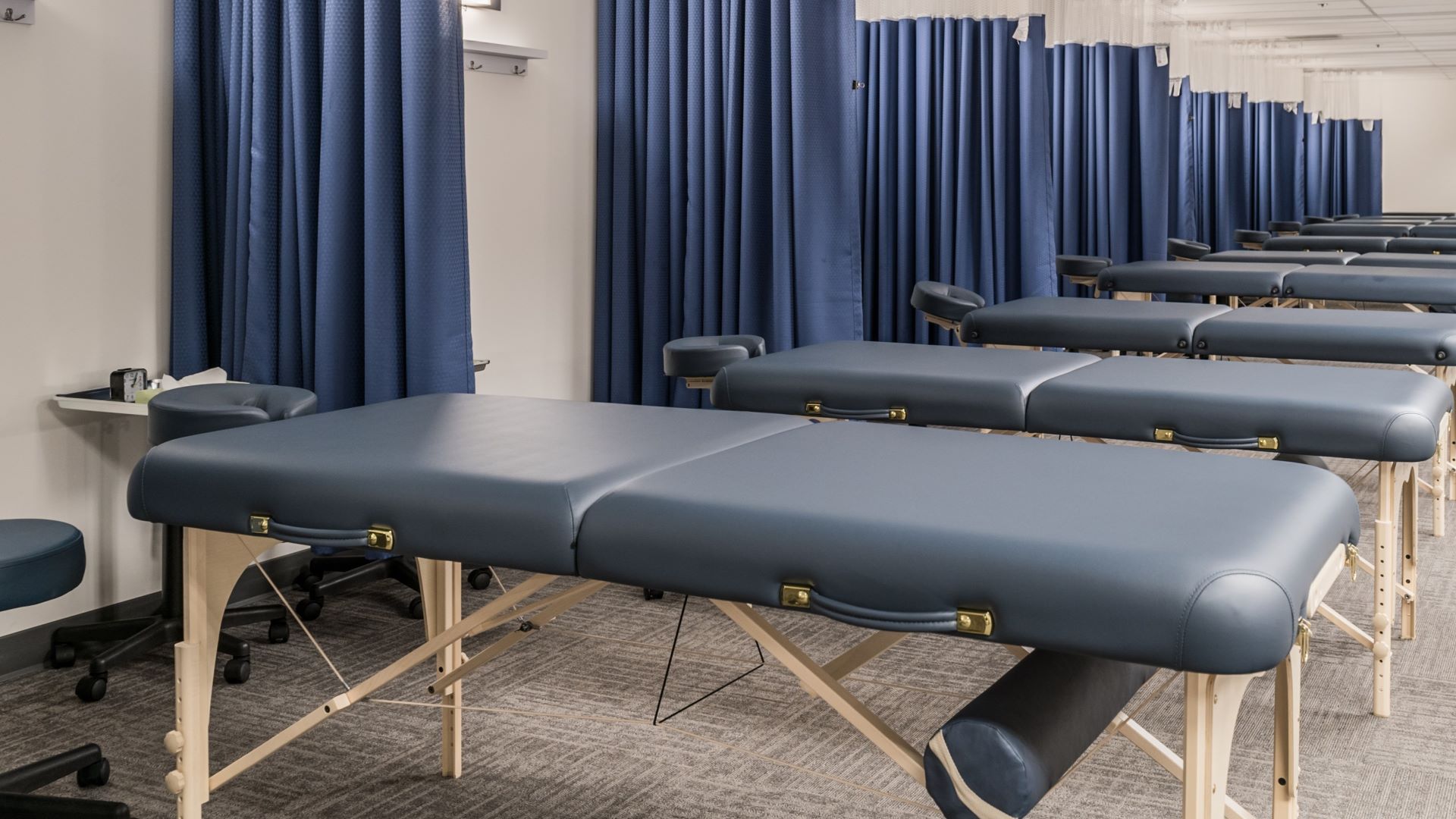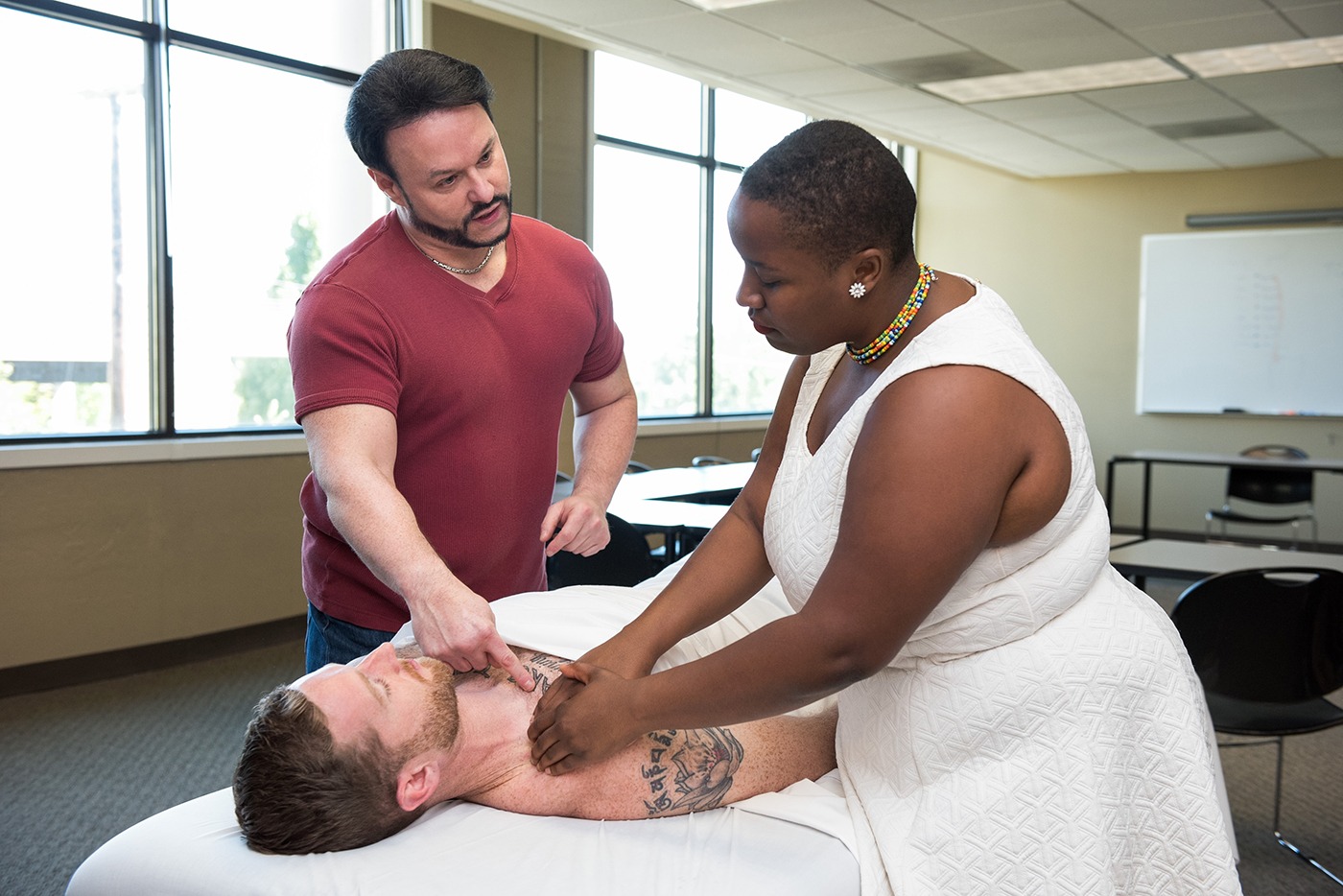Swedish massage, also known as classic massage, is the most common style of massage in the West. It is the image most people associate with massage. This gentle form of massage therapy uses several different strokes to address issues in the superficial tissues of the body. Let’s review this most popular massage style, one that often forms the basis of treatment modalities taught at therapeutic massage schools.
Introducing Swedish Massage
The history of Swedish massage is fascinating and somewhat murky. While many publications attribute its origins to Swedish fencing instructor Pehr Ling (1776-1839), it was actually the Dutch physician Johann Georg Mezger (1838-1909) who applied the terms friction, effleurage, tapotement, and petrissage for different types of strokes used in Swedish massage. Ling’s original Swedish Movement System included Active exercises performed by the client, Passive exercises performed on the relaxing client by a therapist, and Duplicated exercises in which both client and therapist contributed to the exercise, with the therapist resisting the client’s movement.
Later, in the 1850s, English brothers Charles and George Taylor brought this form of massage to the United States. They had studied in Sweden and England, under orthopedic surgeon and homeopath Mathias Roth, who advocated the use of Ling’s Swedish Movement System.
Today, what we call Swedish massage is referred to as classic massage in most of Europe.
In a Swedish massage, massage therapy is performed with the client lying on a table. Draping sheets take the place of the outer layer of clothing. Essential oils and aromatherapy may enhance relaxation. Massage sessions typically last an hour or more, and may be conducted in several settings, such as spas, clinics, private massage therapy offices, or in the client’s home. While these characteristics may seem common to all massage styles, many of these basic guidelines originated with Swedish massage.
Let’s take a closer look at the types of strokes used in a Swedish massage:
Friction – Rubbing; deep circular movements delivered with thumbs or fingers. This massage technique is often delivered to joints.
Effleurage – Long, gliding strokes used at the beginning of the massage to warm up the muscles, and at the end of the session to soothe. There are three types of effleurage, based on how much pressure is applied: feather stroking, superficial effleurage, and deeper effleurage.
Petrissage – Kneading delivered in a rhythmic manner. Petrissage also includes wringing, rolling, and lifting of tissue. It is intended to loosen and stretch muscles while also increasing circulation. The majority of a session is often devoted to petrissage.
Tapotement – Striking or tapping. The massage therapist may slap, drum, tap, cup, or hack tissue to increase circulation. Tapotement also results in increased endorphins for deeper relaxation.
In addition to the strokes described above, Swedish massage may include deep pressure, vibration such as rocking, stretches, and passive or active joint movements.
Benefits of Swedish Massage
Relaxation may be the number one reason for requesting a Swedish massage, and when done well, there’s no denying that this massage modality can deeply calm the nervous system.
Here are a few more benefits clients may see from receiving a Swedish massage:
- Increased blood circulation and heart health
- Improved healing from injury and illness. Dr. Johan Georg Mezger established this way back in the 1870s, when his so-called “golden thumbs” healed King Gustav V’s debilitating hip injury.
- Increased lymphatic drainage and improved immunity
- Relaxing and softening of tight muscles
- Improved range of motion for tight joints
- Decreased anxiety and depression symptoms
- Alleviation of chronic pain
- Relief for symptoms of many disorders including arthritis, carpal tunnel syndrome, and temporomandibular joint (TMJ) syndrome
Swedish massage is a delight to deliver and receive. Students in our Portland, Oregon massage school practice Swedish massage as well as other modalities in our on-campus massage clinic. We invite you to set an appointment today through OurMassageClinic.com. Or, if you’re more interested in becoming a massage therapist, check out our Portland massage school admissions website.




